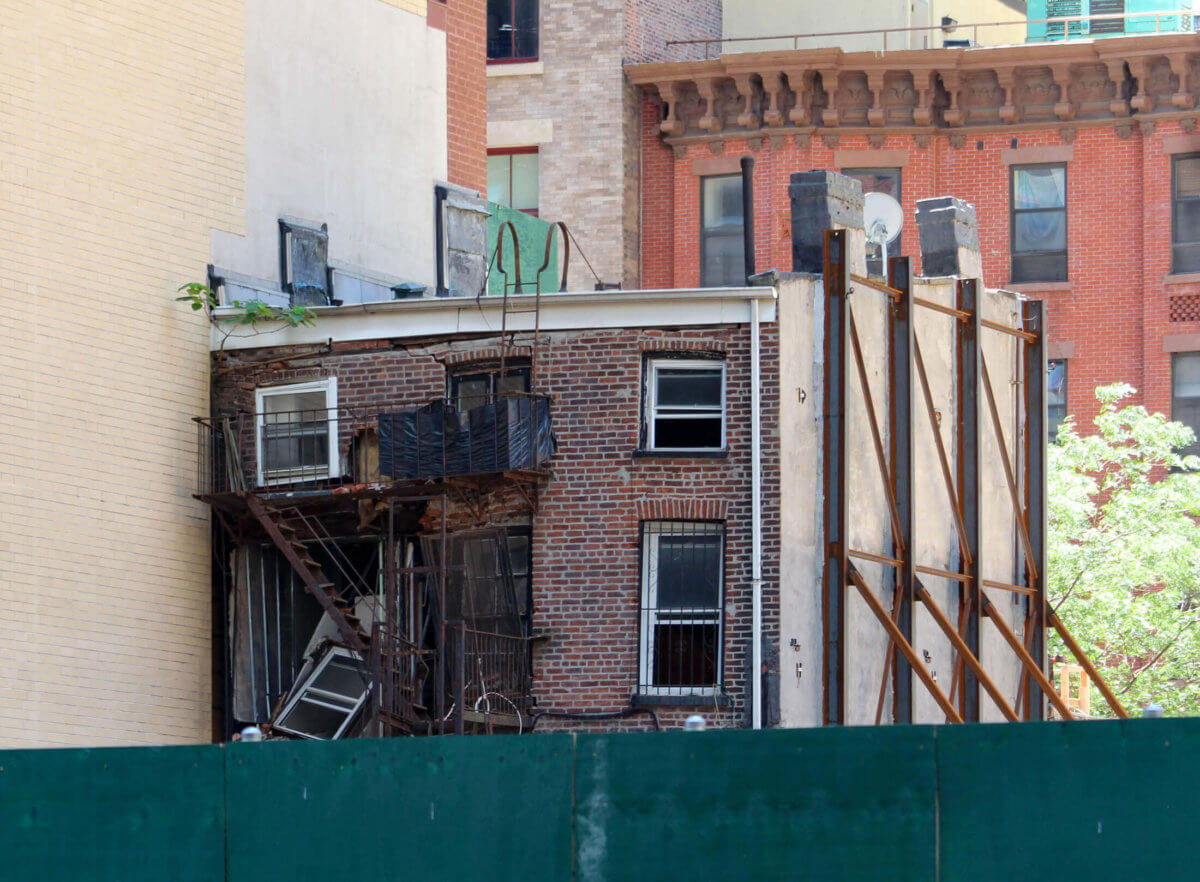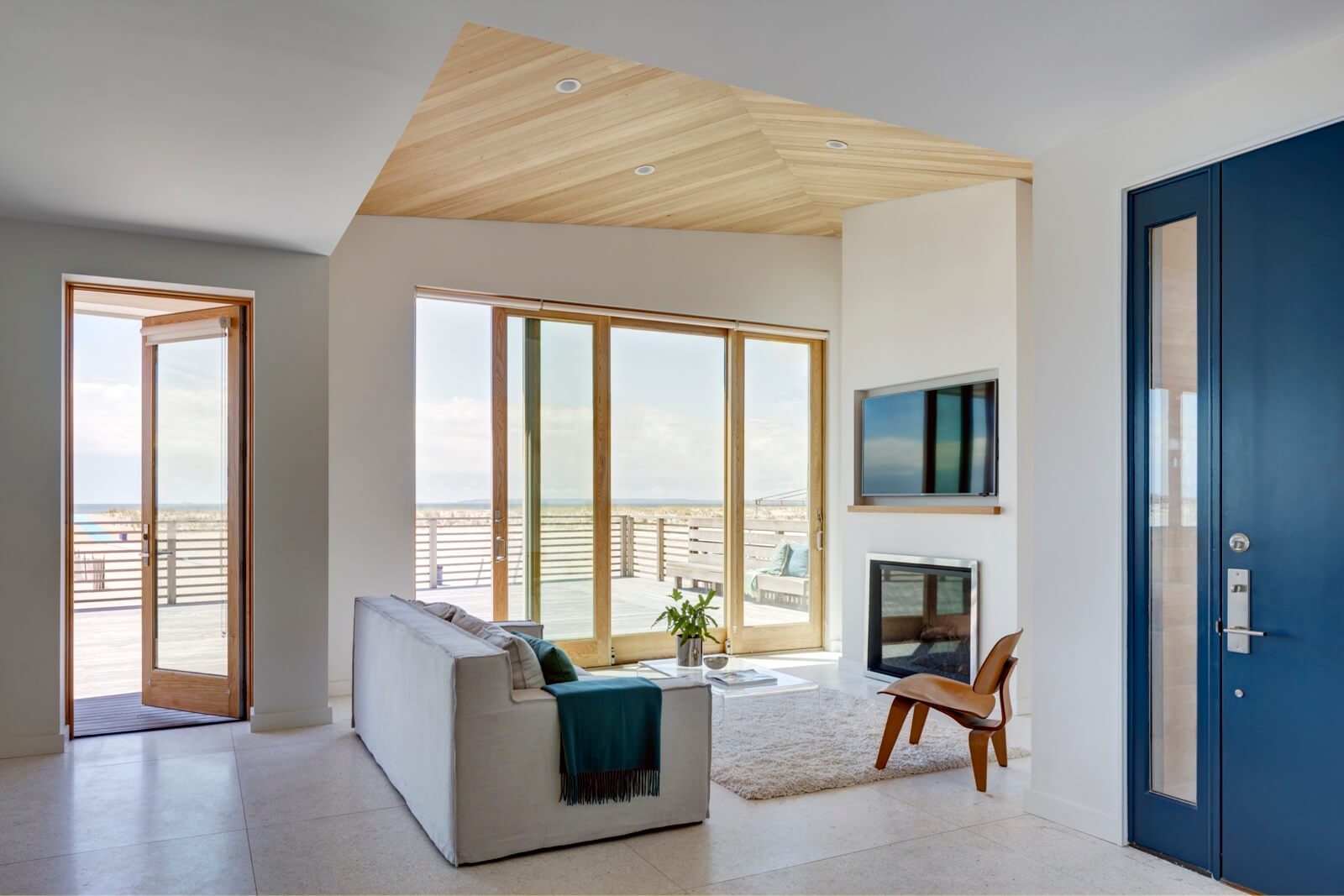The Marine Parkway -- Gil Hodges Bridge
As much as I love LIC, a fellow has to spread his wings now and then, and wet his beak. I grew up in south eastern Brooklyn, in particular the Flatlands and Canarsie area. Our nearest neighbors in Queens were in Howard Beach and the Rockaway Peninsula villages of Rockaway and Breezy Point. A significant…

As much as I love LIC, a fellow has to spread his wings now and then, and wet his beak.
I grew up in south eastern Brooklyn, in particular the Flatlands and Canarsie area. Our nearest neighbors in Queens were in Howard Beach and the Rockaway Peninsula villages of Rockaway and Breezy Point. A significant portion of my wastrel youth was spent riding an Apollo 3 speed bicycle along the coastlines of Jamaica Bay and it’s various inlets, as I’ve always been drawn to the water by some primeval urge. Whenever the chance presented itself, I would ride my bike over to Rockaway Beach via a bridge found on the less commonly travelled side of Flatbush Avenue.
Much of this coastline is administered today as “Gateway National Park,” incidentally, which sounds a lot better than “Horsehead Bay,” I guess.
From Wikipedia:
Gateway National Recreation Area is a 26,607-acre (10,767 ha) National Recreation Area in the Port of New York and New Jersey. Scattered over Brooklyn, Queens, and Staten Island, New York and Monmouth County, New Jersey, it provides recreational opportunities that are rare for a dense urban environment, including ocean swimming, bird watching, boating, hiking and camping. Ten million people visit Gateway annually.
Gateway was created by the US Congress in 1972 to preserve and protect scarce and/or unique natural, cultural, and recreational resources with relatively convenient access by a high percentage of the nation’s population. It is owned by the United States government and managed by the National Park Service.
If you mention a bridge and Flatbush Avenue together in the same sentence, nine out of 10 New Yorkers will ask if you mean East River Bridge # 3 or Manhattan Bridge. It’s big, and famous. If you’re from any of the communities that line Jamaica Bay in either Brooklyn or Queens, you probably think of the “Marine Parkway – Gil Hodges Bridge” instead, which isn’t quite so big nor half as famous.
On July 3, 1937- this toll bridge was officially opened for traffic.
From Wikipedia:
The Marine Parkway-Gil Hodges Memorial Bridge in New York City (originally Marine Parkway Bridge) is a vertical lift bridge that crosses Rockaway Inlet and connects the Rockaway Peninsula in Queens, with Marine Parkway to Floyd Bennett Field, Flatbush Avenue, and the Marine Park neighborhood in Brooklyn. Opened on July 3, 1937, it carries four motor traffic lanes, and a footpath on the western edge. Cyclepaths along both sides of the Parkway connect to the Shore Parkway Greenway and to Flatbush Avenue. The operation of this bridge includes the maintenance of the Marine Parkway from the toll plaza to Jacob Riis Park. Though a city-owned and operated bridge, it connects two parts of Gateway National Recreation Area, a unit of the National Park System: Floyd Bennett Field and Jacob Riis Park. The bridge is designated as New York State Route 901B, an unsigned reference route.
There’s a great fishing spot under the bridge, which was always attributed by area wags to the apocryphal presence of a deep water channel dug out during the Second World War, which allowed wounded maritime vessels to limp into Mill Basin or Sheepshead Bay after crossing the war torn Atlantic for repairs.
How true this is, I can’t tell you, the stories told by old men who fish are lurid and are often at least partly true.
The cold water flow, and perhaps the light filtering down from the bridge, encourages bluefish and snappers to congregate beneath the structure. At least it used to when I was in high school.
Fishermen of Breezy Point, what say you?
From mta.info:
The Marine Parkway Gil Hodges Memorial Bridge was opened by the Marine Parkway Authority in 1937 to provide access to the Rockaway Peninsula, which previously could be reached only by ferry or by a circuitous route around the eastern end of Jamaica Bay. When it was built, the bridge’s vertical lift span was the longest in the world. The tapering, curled tops of its towers added a whimsical aspect to the bridge’s design.
The Marine Parkway Authority also built the Jacob Riis Parking Field and cooperated with the city’s Department of Parks in the reconstruction and expansion of Jacob Riis Park. After a series of mergers, the Marine Parkway Authority became part of the Triborough Bridge Authority in 1940.
Today, the land at both ends of the bridge is part of the Gateway National Recreation Area. On the Brooklyn side is Floyd Bennett Field and a direct connection to the Shore Parkway and Flatbush Avenue. The Queens side in the Rockaways has seen considerable residential and recreational development since the bridge’s construction.
According to official sources “Aymar Embury II, who was also the architect for MTA’s Triborough and Bronx Whitestone Bridges, was the architect. The Chief Engineers were Madigan-Hyland and Emil H. Praeger, and Robinson & Steinman and Waddell & Hardesty were Consulting Engineers“.
Who knew?
From nytimes.com:
The morning of July 3, 1937, marked the grand opening of the new Marine Parkway Memorial Bridge. With the sun shining and the N.Y.P.D. Police Band ready to play, Mayor Fiorello H. La Guardia, Robert Moses, head of the Marine Parkway Authority and city Parks Commissioner and other officials, were getting ready to embark in a 500-car motorcade to christen the bridge.
There was excitement in the air as the band tuned up from its designated place on the bridge’s elevated lift span and invited guests got into cars on the Brooklyn side of the bridge along Flatbush Avenue for the inaugural ride across the span.
But the first vehicle to cross the bridge did not belong to the mayor or master builder Robert Moses, who helped make the bridge a reality. About 15 minutes before the ceremonies were scheduled to start, the first vehicles to cross the span were three engine companies from Brooklyn; summoned to help put out a five-alarm fire that destroyed two blocks of wooden concession stands along the Rockaway Beach Boardwalk.
Newtown Creek Alliance Historian Mitch Waxman lives in Astoria and blogs at Newtown Pentacle.










What's Your Take? Leave a Comment